Bonnie Brown
Bonnie Brown: Q&A with Jennifer Mizenko
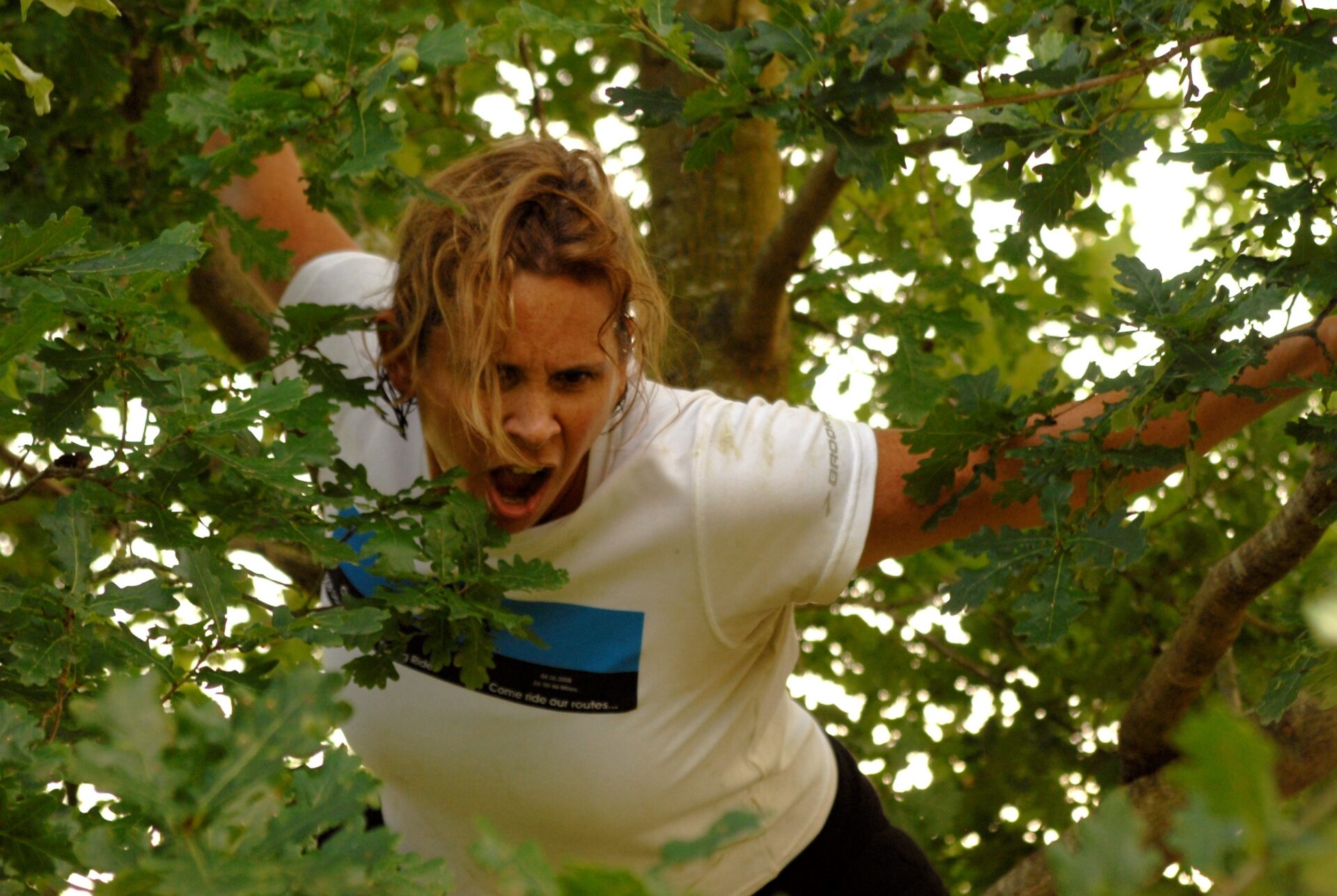
The latest interview in the Ole Miss Retirees features Jennifer Mizenko. The organization’s mission is to enable all of the university’s faculty and staff retirees to maintain and promote a close association with the university. It is the goal of the Ole Miss Faculty/Staff Retirees Association to maintain communication by providing opportunities to attend and participate in events and presentations.
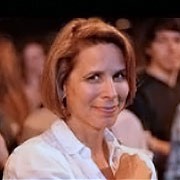
Jennifer Mizenko is Professor Emerita of Movement for the Actor and Dance. She ran the Theater Department’s dance program from 1989-2020 and the movement program from 1996-2020.She has received much recognition for her talent in dance, movement, as well as choreography. Read her story here.
Brown: Where were you born? Where did you grow up? Tell us what was special about that place.
Mizenko: I was born in southeastern Cleveland, OH. I grew up with a strong attraction to the Cleveland Browns (it’s in my blood…), taking dance lessons, running around the neighborhood until dusk, lots of swimming in the summer and ice skating in the winter. My grandfather was born in Slovakia and my grandmother was President of the First Catholic Ladies Association, so I was deeply exposed to the story of how the Mizenko family got to America.
Brown: Please talk about your parents and any siblings.
Mizenko: My father John Mizenko, Jr., the first-born son of Slovak immigrants, had a lot of high expectations placed upon him. He became a physician. General practitioner at first, and then he went back into fellowship and became a gastroenterologist. He is now retired. When he was a GP in the 1960’s, I think he delivered half of my school friends. My earliest memories of my father are of him in his “greens”. Our family would camp every weekend with a group of other families, the Zenisek’s, the Mergliata’s, the Perko’s, and the Paderewski’s! Dad would always show up at the campsite from the hospital in his greens. I had and continue to have a very close relationship with my father. He has been very influential in my artistic development.
My mother was hard at work raising us kids. I have three older brothers. We were all born within 5 years of each other. Mom was busy with basically 4 babies, each born within 12-18 months after the previous one. She was very involved in our lives—Den Mother for my brothers’ Cub Scouts, President of the PTA, and yes “Stage Mom”. My mother put me in dancing school at the age of 4, because she was concerned I’d end up walking and talking like a boy. My mother has been very influential in the administrative, organizational part of my career.
Each one of my brothers has served a unique purpose in my life. John the oldest…I refer to him as The Tin Man…is a musician and owns a music studio in Los Angeles called Join the Band. I’m actually taking drum lessons via Zoom from one of his teachers right now. We are the artist bookends. Michael, the Scarecrow, lives in Denver and is a psychiatrist. We were very close growing up. We both went to the same college…well I kind of copied him but then made it my own. And then we both lived in Columbus, OH for a while and I know my brother looked out for me when I lived there. My brother Mark, the Lion, just recently moved to San Diego. Mark and I fought like hell when we were growing up, but then fiercely stood up for each other if anyone ever crossed the other in school.
Brown: Tell us about your childhood.
Mizenko: I guess I’ve already told you some about my childhood. A few other details. I started swimming at a very young age. I took to the water naturally, jumping off the high dive by myself at the age of 4. No fear apparently! And then went on to become a competitive swimmer from the age of 10–18. I also was a Junior PGA golfer. I was a cheerleader in junior high and high school, and also on the drill team. I was a captain for both squads. I wasn’t very popular because as captain I made the cheerleaders and drill team practice hard. I had high standards. I also choreographed for our high school musicals.
Brown: What grade school did you attend? What is a favorite memory of that school experience?
Mizenko: I went to grade school in Twinsburg, OH. First Wilcox Elementary and then the “Old School”, which I think it is still called by that name but might be a community center. My kindergarten teacher was Mrs. Percy. I loved her! She was a wonderful woman. And I met my BFF Janet Zenisek in kindergarten during dress up. I liked to wear the same dress every day for dress up. And Janet decided to change that one day by grabbing the dress first, and then we ended up tearing in half! Lesson learned. We became BFF’s and ended up going to dancing school together. She is still in Twinsburg, ended up running the studio we grew up in. We stay in touch to this day.
Brown: What was your high school experience like? Were you a good student? What was your favorite subject?
Mizenko: I went to high school in Aurora, OH at Aurora High School. I was a good student. I don’t think I had a choice. As the only girl, and also the only granddaughter, it was just assumed I would go to college and have a career. I also came of age amidst the 1970’s Women’s Movement and my mother was very adamant about instilling the importance of equality for women into my psyche!
I’m not sure I had a favorite subject, but I believe my favorite class was American History with Mrs. Morris. It wasn’t so much the subject as the teacher. Mama Morris, as we called her, was open minded, funny, strict, and cool! Instead of writing papers she allowed us to do PP’s…pertinent projects. So, for her class I created a short black-n-white film imitating Charlie Chaplain about the crash of the Stock Market in 1929. And then I choreographed two dances using music from West Side Story to express the civil unrest of the 1960’s. As I look back on it, I think this was the beginning of my understanding of dance and specifically choreography can say something very specific and make an artistic statement.

Brown: You attended Kenyon College in Gambier, Ohio which is known as “a small town that’s big on charm.” How did you choose Kenyon College for your BA degree in psychology?
Mizenko: As referenced earlier, my brother Michael found Kenyon College. He was 4 years ahead of me. I looked at other colleges, but Kenyon seemed like the right fit for me as well. We weren’t there at the same time. But I felt his legacy the first year or so while I was there. I entered college thinking I was going to be a pediatric gastroenterologist and go into practice with my father once I achieved that title. I of course danced right from the beginning, taking technique classes, and auditioning for the dance concerts. Between my sophomore and junior year, I switched my major to psychology. Even though I was good in science, I was struggling with some of the upper-level biology classes, I think mostly because my heart wasn’t in it. I found psychology fascinating, exploring, and learning about human behavior and the psyche. I did a paper on an early psychoanalyst named Wilhelm Reich (1897–1957), who connected movement with psychoanalysis. He called it “Character Armor”, and discussed that people use their bodies in a certain way when they are discussing or reliving traumatic events, and how breaking through this “Character Armor” can help people heal more completely. And then I was also learning more about dance history and Martha Graham. I learned of her father, who was also an early psychologist, taught her the phrase “Movement never lies!” and that’s when things really started clicking for me.
I think before Kenyon I didn’t think dance was an option for a career because I didn’t have the ideal dance body type, and I wasn’t sure I could make a living in the field. But at Kenyon I learned to connect the physical and intellectual aspects of myself. I learned that they crossed over, and are intersectional, and the physical and intellectual knowledge fed off of each other to create a whole.
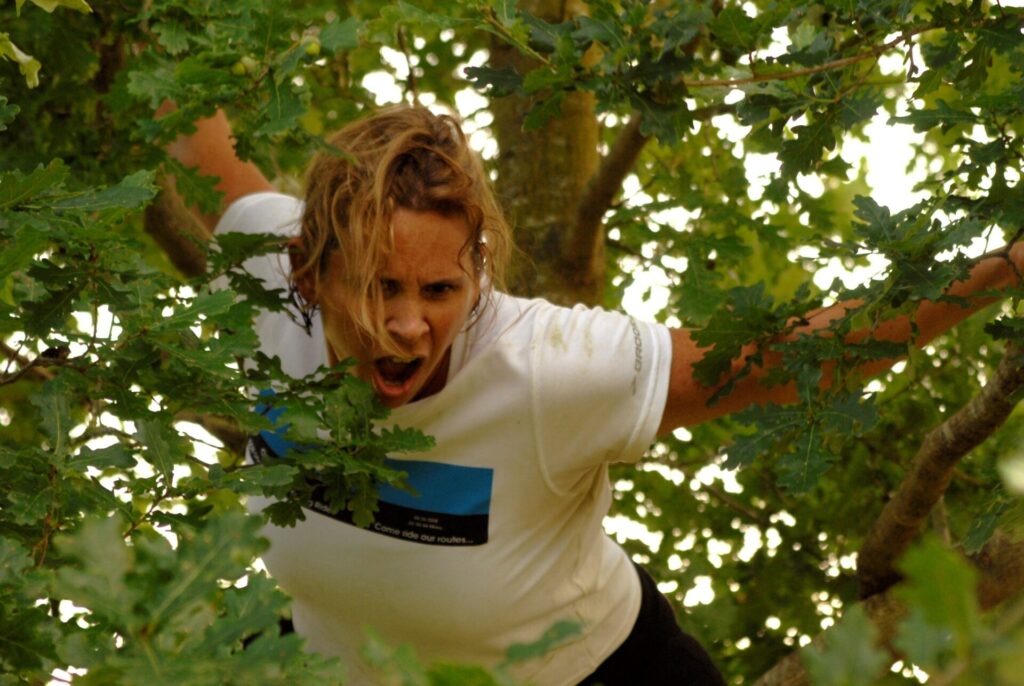
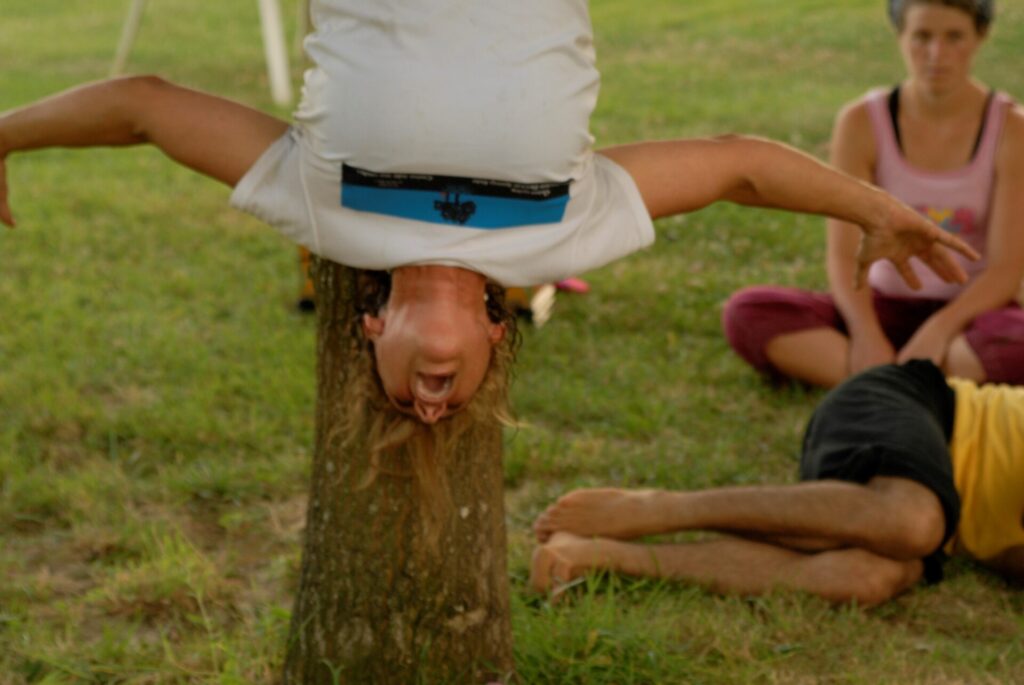
Brown: Who influenced your career choice? How old were you when you decided your career path?
Mizenko: I keep predicting your next question…It was during my senior year on spring break, when I told both of my parents “I don’t think I want to go to med school.” (As that was still the plan, but with a psych degree instead of a bio degree). And my father said, “Well what is it that you want to do?” And I said, “I want do dance!” And he said, “I could have told you that 10 years ago.” Another influencing factor was watching my brother Michael in med school and realizing that I would not be able to take dance lessons on the side if I wanted to be successful in med school.
So perhaps it was my destiny beginning at 10 years old, but I had to bridge the body/mind gap to realize this was my calling. And it truly has been a calling, not just a “career path”.
Brown: Tell us about your experience at Ohio State where you received your MA in Dance.
Mizenko: Ohio State University (OSU) was HARD! When I was in school there, the OSU graduate program was and is one of the best dance graduate programs in the country. It was my first really serious, intense dance study. I didn’t feel like I belonged for much of the time. I felt less than quite a bit. But I stuck to it, worked hard, and made the faculty take me seriously. I eventually won their respect. I had to figure out my niche, and where I could best make contributions to the field of dance.
It was interesting to me that about 4 years ago I went to a celebration of the 50th Anniversary of the Dance Department at OSU. Many of my classmates attended, along with others who were in school at the same time. Most of my classmates who were considered the “stars”, cast in all of the prestigious dance pieces and constantly featured in performances, didn’t have a career in dance. They were working in real estate, massage therapy, and other professions. I was one of the few who had an actual consistent and sustained career in the field of dance.
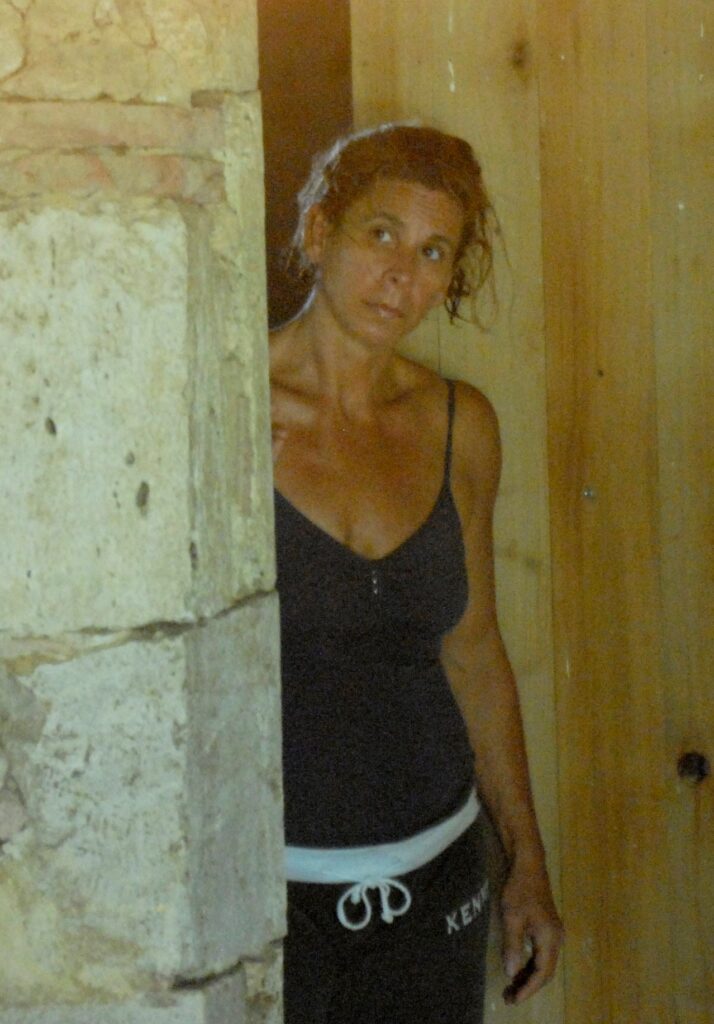
the south of France where I was studying Grotowski.
Brown: What job(s) were a part of your path to Ole Miss?
Mizenko: Before coming to the University of Mississippi, I worked at a Capezio store in Columbus, OH called The Wright Place. It was one of the biggest Capezio stores in the northeastern United States—even bigger than the NYC store at the time (1980’s). I also taught dance at dance studios and danced with a jazz dance company in Cleveland and a modern dance company in Columbus, OH.
I applied to the University of Mississippi’s Department of Theatre Arts while still in grad school, but not for the position for which I was hired. A little background information. Dance was in the Department of Physical Education for many years (this is typical of dance in higher education). Sometime in the mid-1980’s the dance program was moved to the Department of Theatre Arts (that was the name of the department until a few years ago. The current name is The Department of Theatre & Film). When the program was moved over, one dance faculty position was created for modern dance. Shortly thereafter a second position for musical theatre dance was created. I applied for this 2nd position (even though I wasn’t really qualified) and made the short list. A year later the modern dance faculty person left the University quite suddenly just before the fall semester was to begin. They remembered that they had interviewed someone who fit this job description during the musical theatre hire, and that person was me. So, I was interviewed and moved in a week, right before classes began. I took the position thinking it would be a good thing to get one year of academic teaching experience. Well after 30 years, I think I got some good experience. I ascended all the way from Instructor to Full Professor over the course of my tenure at the University of Mississippi.
Brown: Tell us how/when your Ole Miss “story” began? Talk about the interview (who you met with, your impressions of campus, etc).
Mizenko: See above…
One quick story about moving. I drove the U-Haul van down, and my mother drove my car. Its 1989, so there are no cell phones of course. We had a little system of communication for when one of us needed to pull over. We went through Nashville during rush hour, and I got a little flustered driving the U-Haul, so I flashed my lights at my mother indicating I needed a break. We pulled off Interstate 40 at Bucksnort. We sat down in the diner, the waitress came out and said “Whadda y’all want…cook just quit…”. I looked at my mom and said…” Oh no…what have I done!”
I also remember during my interview asking for tea after my meal, intending to receive hot tea. (I’m not a coffee drinker.). The waitress then asked “Sweeeet or unsweeeet?” I didn’t really understand what she was asking…and then was brought the sweetest glass of iced tea I’d ever been served.
Brown: What did you know about Ole Miss before you accepted a position here?
Mizenko: Not much! I saw the Eyes on the Prize documentary…and I was dating an African American man at the time. Needless to say, we broke up. He was terrified to come visit me.
Over the course of my tenure many of my projects focused around Racial Reconciliation and providing dance opportunities (classes and performances) for areas of Mississippi that were grossly underserved and underexposed to the art of dance.
I was very young when I took the position. I matured as the university matured into more equitable thinking.
Brown: What were your responsibilities as Professor of Dance?
Mizenko: I was hired as an Instructor of Dance. By the time I was promoted to Full Professor the field of Movement for the Actor was added to my responsibilities. I am a Professor Emerita of Dance and Movement. Movement for the Actor work was a natural outgrowth of my background and interest in psychology, combining my knowledge of movement and meaning and personality.
My responsibilities included: A full teaching load every semester (ranging from Dance Technique classes, to dance composition, dance appreciation, The Alexander Technique, Movement for the Actor I, II, III, Period dance styles, Physical Theatre Styles, Dance Appreciation Honors, University Studies, EDHE), committee assignments for the department and the university, I did a lot of work with the Artist Series choosing various dance companies and organizing residencies.
I was the Artistic Director of Mississippi: The Dance Company. This included writing and administering grants for guest artists, creating original choreography, managing guest artist residencies, rehearsal director for guest artists, directing the dance concerts, mentoring student choreographers, producing the dance concerts, and taking the students to The American College Dance Conference every year.
I also choreographed for various department musicals, most notably Hair in 2015. And I consulted on period movement for various plays, as well as movement/choreography for straight plays that required it.
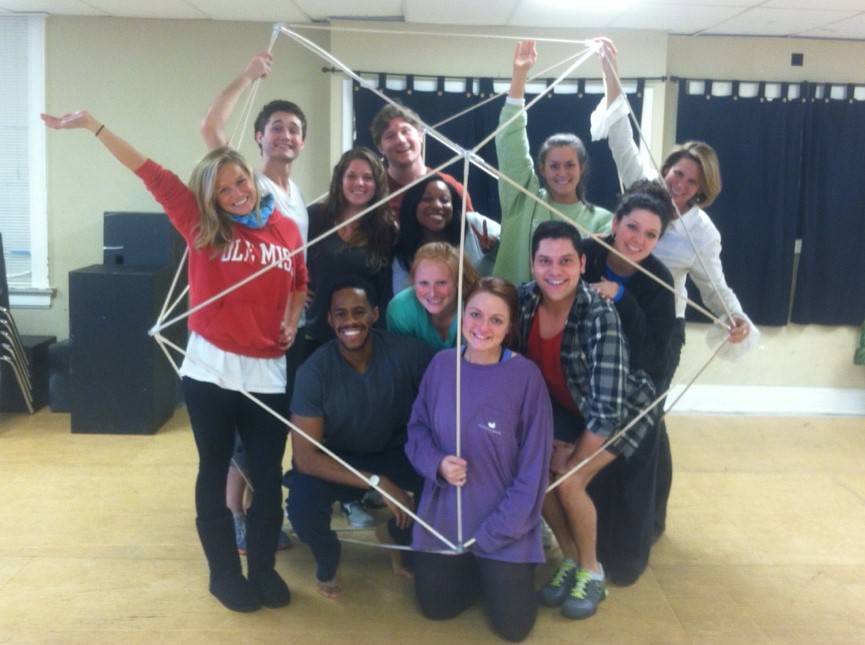
movement concept/structure in Laban Movement Analysis
Brown: How long did you work at Ole Miss?
Mizenko: My first academic year was 1989-1990. My last year was 2019-2020, so 30 years.
Brown: Describe your most memorable day(s) at work.
Mizenko: My most memorable days were always those in the studio. Especially when we were working with a guest artist. I always felt lucky when I was asked to drive a choreographer or dancer that I idolized someplace, or to join a famous dance company for dinner. I was thrilled to have the famous dancer Desmond Richardson in my car, and we sang Prince tunes together!
Two especially memorable Guest Artist Experiences were working with Dwight Rhoden in 2004 on The Racial Reconciliation Choreography Project, and with Osnel Delgado in 2017 that incorporated a study abroad class to Cuba. In the first experience, Dwight created a special piece entitled Before Now and After Then, based off of town hall meetings I organized on campus, around town, and at local churches. The piece was critically acclaimed, and my students were asked to perform it at The Kennedy Center for the Performing Arts. And being in Cuba for 2 weeks with 8 students in 2017, studying with Malpaso Dance Company, learning about the history of Cuban dance, and discovering Cuban culture on every corner was amazing!
Brown: I read that you studied Tai Chi. How did that play into your skill set in Dance?
Mizenko: I studied Tai Chi as a part of my Alexander Technique training. I studied with my Alexander teachers and also a very famous Tai Chi teacher named Maggie Newman. Tai Chi is akin to moving meditation. It helps with body awareness, coordination, mind/body harmony, and focus. I used this skill set more in the Movement for the Actor courses. But overall Tai Chi taught me to appreciate the process more than the product. The process of moving from one place to the next, how that happens, and what are all of the tiny transitions in between point A and point B.

Brown: What do you consider to be the highlight of your career?
Mizenko: Go back to the Racial Reconciliation Project and dancing in Cuba!
Brown: What are your thoughts about Steven Spielberg’s remake of West Side Story?
Mizenko: I don’t really have any thoughts about it, other than I’m excited to see it. I know the choreography was done by Justin Peck, who is a young dancer/choreographer for the New York City Ballet. He also did the choreography for the revival of Carousel on Broadway a few years ago. So, I’m interested to see how he interpreted Jerome Robbin’s choreography. I’m also interested to see how it’s received by the American public. Are we ready for big screen movie musicals again?
I’m really excited to see Lin-Manuel Miranda’s film adaptation of In the Heights. I know he delayed the release because he wanted it to be see on the big screen. The choreography borrows overhead filming reminiscent of old Busby Berkeley films. This will definitely be the first movie I go see in the movie theater since the beginning of the pandemic. And I will wear my mask and sneak bites of popcorn.
Brown: Fill in this blank: If I could snap my fingers and acquire an experience or talent, it would be . . .
Mizenko: As mentioned previously, I’m learning how to play the drums. I want to be a drummer in a really cool R&B chick band!
Brown: What accomplishment(s) are you most proud of?
Mizenko: I am one of about 100 people in the world that is both a Certified Alexander Technique Teacher and Certified Laban Movement Analyst. And I am proud of how I used the knowledge of both of these fields to develop an in-depth and top-notch movement For the Actor curriculum.
Brown: If there was something in your past you were able to go back and do differently, what would that be?
Mizenko: I would have made a go at dancing professionally for a longer period of time before committing to academia.
Brown: What is the best advice you ever received?
Mizenko: Be open, be flexible. Allow the process to guide you. Or the cliché – When the going gets tough, the tough get going.
Brown: What advice would you give to your 20-year-old self?
Mizenko: Trust your instincts.
Brown: What one question can you ask someone to find out the most about them?
Mizenko: What do you like to do for fun?
Brown: In your opinion, what attributes contribute to success?
Mizenko: Persistence, open mindedness, finding where the opportunity is, staying true to who I am.
Brown: What do you do to improve your mood when you are in a bad mood?
Mizenko: MOVE! (yoga, dance, swim)
Brown: If money were no object, where would you like to go on vacation?
Mizenko: I’ve traveled quite extensively, but I have yet to travel to India or Australia. I’d love to study yoga in one of the great Ashrams of India or go snorkeling in the Great Barrier Reef before it disappears.
In Liebnitz, Austria teaching a class in Laban Movement for Actors
Brown: Do you have a favorite quote? What is it and why is it your favorite?
Mizenko: “MOVEMENT NEVER LIES!” –Martha Graham
I think the reason is obvious.
Brown: Tell us something about yourself that not many people may know.
Mizenko: I do have a shy side to my personality.
Brown: What is the most important life lesson for someone to learn?
Mizenko: Don’t get stuck trying to force something to happen. Follow your path, even if it takes you on a detour or two. Because the detours are just as important as the destination. Sometimes we have to follow the advice of Dorothy (of Oz) and her friends…I’d turn back if I were you!
Brown: What do you do to relax?
Mizenko: Yoga, SUP, (practicing yoga on a stand-up paddle board in the middle of a body of water). Sit in my backyard and watch the birds!
Brown: What do you need to rant about or get off your chest?
Mizenko: Hmmm…. this is a Pandora’s box. Mostly I am furious with our country’s early response to COVID and the ignorance around mask wearing. As the daughter of a physician, and someone who worked in a hospital for a few years during a college, it is obvious to me the safety and effectiveness of masks! Masks don’t hurt the one wearing them, and they protect EVERYONE from spreading disease or getting disease. This is simply common sense and logical, and it is infuriating how mask wearing became politicized.
Brown: What has become your routine since you retired? Do you have hobbies?
Mizenko: I’ve called it “quitting with a pension”. I am teaching Movement and Meditation online. If anyone wants to join my class, they can email me at thedancelady@gmail.com. I am teaching Movement for the Actor online for an acting studio in L.A. I’ve been taking many Theatrical Choreography Intimacy classes online, while also studying Systemic Racism and its effects on our society and also how it leaks into dance and theater. And of course, I’ve been taking drum lessons.
I want to develop a business where people travel with me to various locations and we spend the morning hours moving and discovering our own physicality, and then explore the location in the afternoon. I’m thinking of calling it Jennifer’s Physical Adventures.
Brown: What story do you want people to tell about you? What impact will you leave behind?
Mizenko: I hope that my students remember being exposed to the world of dance and movement and all of its possibilities. I hope that I opened their eyes, hearts, and brains to full artistic expression through dance and movement. And I hope that the process we shared helped them to learn about themselves, who they are, what they value, and how they can contribute to the world.
Bonnie Brown is a retired staff member of the University of Mississippi. She most recently served as Mentoring Coordinator for the Ole Miss Women’s Council for Philanthropy. For questions or comments, email her at bbrown@olemiss.edu.






















































